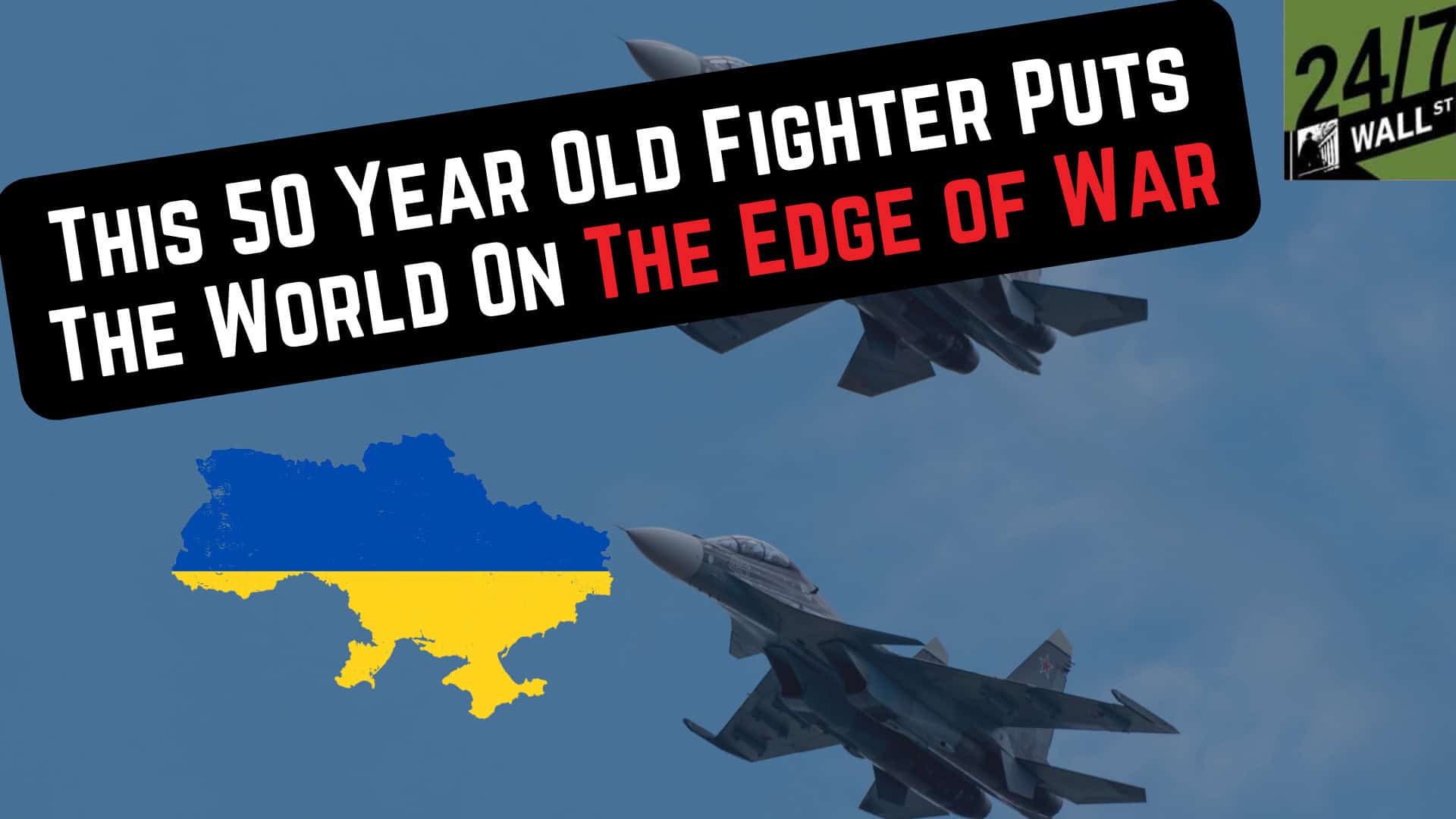
Key Points:
- Fear of escalating the conflict into a regional war limits F-16 support to Ukraine.
- Donor countries impose conditions, restricting F-16 use within Russian territory.
- Domestic politics and security concerns delay F-16 deliveries to Ukraine.
- While the defense sector is capturing attention in 2025, the smart money is already looking to “the next Nvidia” for 2025’s biggest winners. Access the report for free now.
Austin and Michael discuss the controversy surrounding the delivery of F-16s to Ukraine. Michael explains that the primary concern for NATO and supporting nations is the risk of escalation, fearing that providing such advanced aircraft could provoke a broader regional conflict. Conditions have been attached to the F-16s, such as restrictions on their use inside Russian territory and the requirement that they be based within Ukraine. Additionally, domestic political challenges in European countries, where skepticism about supporting Ukraine is growing, also play a role. Another issue is the “security gap,” where donor countries are hesitant to give away too many F-16s before their new F-35s are fully operational, potentially compromising their own security.
Watch the Video
Edited Video Transcript:
Can we talk a little bit about why this is so controversial?
You know, when we say the F-16, you know, this fifty-year-old jet could be kind of the saving grace and why it’s such a perfect fit for Ukraine.
What is the controversy on the other side and why?
What are some of the new challenges that Ukraine receiving F-16s would open up geopolitically and why have they not received them before now?
What’s blocking them?
Yeah, so the really big fear that a lot of the nations who otherwise support Ukraine have is the risk of escalation.
The last thing NATO wants is this escalating into a regional war.
So they are very careful about what they provide and how it will be used.
So, for example, Belgium, have attached the condition that these F-16s cannot be used inside Russian territory.
That’s the risk of escalation.
Secondly, they cannot be housed outside of Ukraine.
So they cannot begin their combat missions from, let’s say, Poland or Romania.
The other problem, again, we talk about the importance of domestic politics in geopolitics.
So there is a rising tide in Europe of sort of skepticism of Ukraine.
And as economic conditions tighten in a lot of European countries, it becomes more difficult politically to continue to supply Ukraine with support while they’re struggling at home.
And then a lot of countries that are, a lot of countries, their elections have gone certain ways, you know, Slovakia, Germany too, where there’s more skepticism about supporting Ukraine.
Another problem is what’s called the security gap.
So as we’ve mentioned slightly earlier, a lot of these donor countries are upgrading to the F-35, but they don’t have them yet.
For a lot of them, it’s going to be a few years before they have the full complement of F-35s, which means that they can’t give away too many of their F-16s or they’re going to compromise their own security.
So again, it’s always this difficult balancing act of domestic politics, their own security needs, and what’s possible.
So while they might be wanting to support Ukraine, they are constrained by these aspects: fear of escalation, political squabbles at home, and their own security needs.
It’s Your Money, Your Future—Own It (sponsor)
Retirement can be daunting, but it doesn’t need to be.
Imagine having an expert in your corner to help you with your financial goals. Someone to help you determine if you’re ahead, behind, or right on track. With SmartAsset, that’s not just a dream—it’s reality. This free tool connects you with pre-screened financial advisors who work in your best interests. It’s quick, it’s easy, so take the leap today and start planning smarter!
Don’t waste another minute; get started right here and help your retirement dreams become a retirement reality.
Thank you for reading! Have some feedback for us?
Contact the 24/7 Wall St. editorial team.
